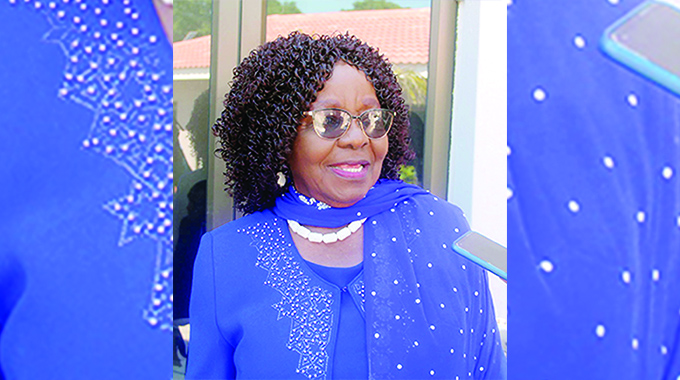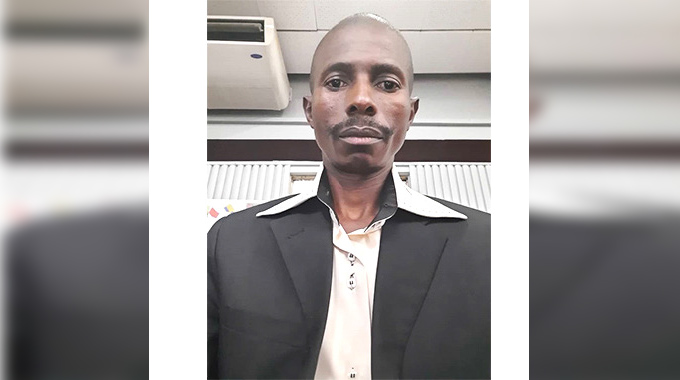Bulawayo taps to run once a week

Nqobile Tshili, Chronicle Reporter
BULAWAYO residents will now receive running water only once a week after council announced that it will decommission Lower Ncema Dam today, as the city grapples with one of its worst water crises in recent history.
The decommissioning of the dam will leave the city relying on three supply dams out of its six dams.
Upper Ncema and Umzingwane dams were decommissioned last year and the latest development leaves Bulawayo with Insiza, Inyakuni and Mtshabezi dams for water supply.
The loss of the city’s three supply dams will see the local authority only managing to release about 94 megalitres (ML) per day against the city’s daily demand which averages 155ML per day.
In February last year, Bulawayo City Council introduced a 48-hour weekly water shedding programme that was increased to 72 hours then 108 hours to the current 120-hour regime.
According to council, the decommissioning of Upper Ncema will see residents enduring a 144-hour weekly water shedding programme which translates to six days.
The stringent measures are meant to conserve the fast dwindling water levels in the city’s dams that have dropped to 30 percent.
The water situation spells disaster for Bulawayo residents who are expected to maintain high levels of hygiene amidst the Covid-19 pandemic.
Constantly washing hands reduces chances of infection.
Some residents in high lying suburbs such as Magwegwe have gone for more than a month without receiving any tap water and the situation is getting desperate by the day.
In a statement, Bulawayo Town Clerk Mr Christopher Dube said Lower Ncema is six percent full and will be decommissioned today.
“When Lower Ncema is decommissioned by Friday the 15th of May 2020, only 60 – 65 ML/day of raw water will be available for the city from three supply dams and Nyamandlovu aquifer,” said Mr Dube.
“In order to prevent the system from collapsing due to the supply-demand deficit, a more stringent water supply regime of 144 hours will be introduced.”
He did not immediately announce when the new water shedding schedule will be effected or how it will be rolled out.
Mr Dube said council is grappling with one of the worst water crises in Bulawayo’s history.
“BCC wishes to apologise to its valued consumers for the inconvenience already caused and likely to be caused as it grapples with one of the most parched seasons in its history,” said Mr Dube.
Mr Dube said since February last year, Bulawayo has been struggling to provide uninterrupted water supplies to the city due to depleting water levels in the city’s supply dams.
“Since the decommissioning of Upper Ncema and Umzingwane dams, the City has been unable to meet its daily demand which averages 155ML/day. The maximum available raw water supply is currently at 94ML/day,” said Mr Dube.
“As a result of the gap between demand and supply of 59ML/day, the city has been on water shedding since February 2019, which has been progressively implemented from the 48-hour, 72-hour, 108-hour to the current 120-hour regime. The daily water consumption for the period ending 30 April 2020 has been averaging 110ML/day which is above the available raw water supply of 94ML/day.”
Government is cognisant of Bulawayo’s water crisis. It recently released $10,6 million to Zimbabwe National Water Authority (Zinwa) to rehabilitate 15 boreholes in Nyamandlovu aquifer to improve supplies to the city.
The renovations are already underway and once completed the boreholes will increase raw water pumping from an average of 3ML a day to between 7ML and 10ML.
Local Government and Public Works Minister July Moyo recently said Government would be releasing more funds to address Bulawayo’s water challenge.
During Tuesday’s Cabinet meeting, it was resolved that more funds be allocated to Bulawayo and Harare municipalities so that the local authorities address the dire water situations in their localities.-@nqotshili.











Comments